Sulfur based antibiotics. Sulfonamides: Revolutionizing Antibiotic Treatment – Uses, Mechanisms, and Precautions
How do sulfonamide antibiotics work to treat bacterial infections. What are the main uses and side effects of sulfa drugs. Why were sulfonamides considered revolutionary when first discovered. How have bacteria developed resistance to sulfa antibiotics over time.
The Discovery and Impact of Sulfonamide Antibiotics
Sulfonamides, also known as sulfa drugs, were the first class of antibiotics ever discovered. Their introduction in the 1930s revolutionized medicine by providing the first effective treatment for a wide range of bacterial infections. This breakthrough marked the beginning of the antibiotic era, paving the way for dramatic improvements in public health and medical care.
The antibacterial effects of sulfonamides were first observed in 1932 by German scientist Gerhard Domagk. He noted that a red dye called Prontosil was effective against Streptococcus infections in mice. Further research by French scientists revealed that the active component was actually sulfanilamide, a metabolite of Prontosil produced in the body.
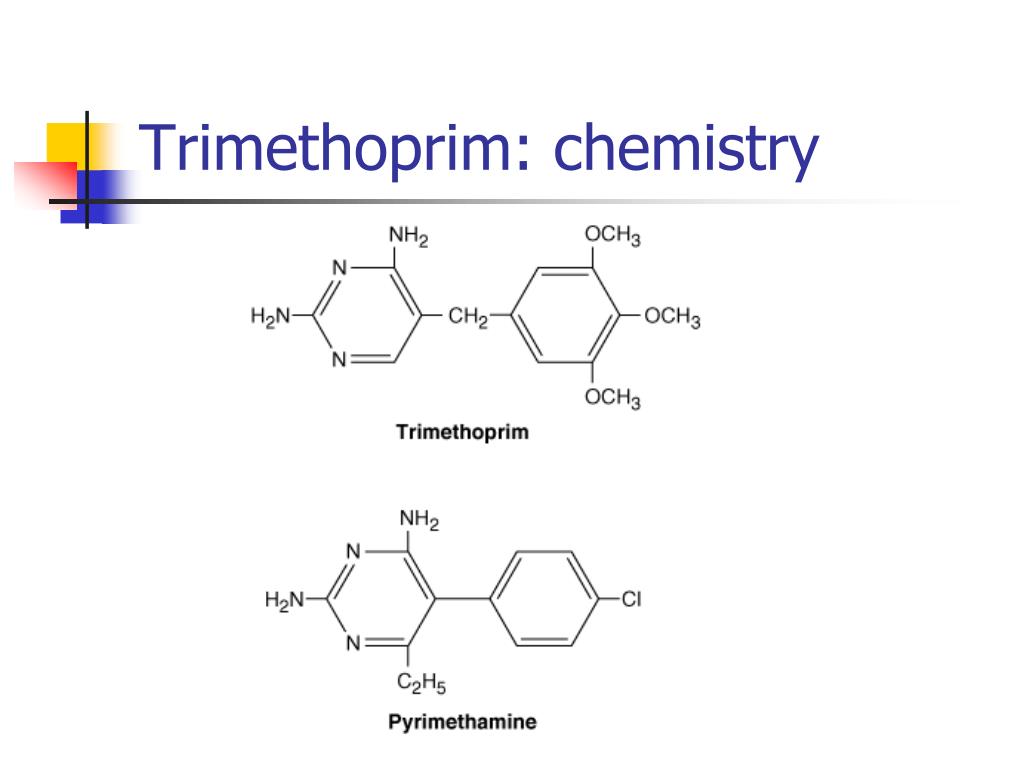
By the 1940s, sulfanilamide had become widely used to treat bacterial infections. The ability to effectively combat previously deadly diseases saved countless lives, particularly among soldiers during World War II. This marked a turning point in medicine, ushering in a new age of antibiotic treatments.
How Sulfonamide Antibiotics Work at the Molecular Level
For decades, the exact mechanism by which sulfa drugs inhibited bacterial growth remained a mystery. Recent research has finally uncovered how these antibiotics function at the molecular level, providing crucial insights for drug development.
Sulfonamides work by targeting an enzyme called dihydropteroate synthase (DHPS) in bacteria. This enzyme is critical for synthesizing folate, an essential nutrient that bacteria must produce themselves. By inhibiting DHPS, sulfa drugs effectively starve bacteria of a vital resource they need to survive and reproduce.
How exactly do sulfonamides interfere with the DHPS enzyme? The process involves several key steps:
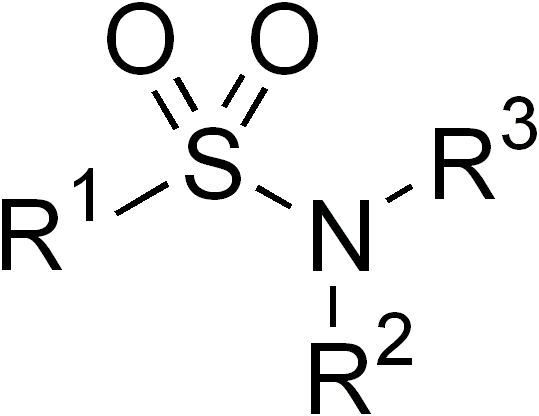
- The DHPS enzyme normally catalyzes a reaction between two molecules called DHPP and PABA to produce folate.
- Two flexible loops on the DHPS enzyme wrap around the PABA molecule, holding it in place for the reaction.
- Sulfa drugs are structurally similar to PABA and can fit into the same binding site on DHPS.
- When a sulfa drug binds instead of PABA, it blocks the normal reaction from occurring.
- This prevents the bacteria from producing folate, ultimately inhibiting their growth and reproduction.
Understanding this mechanism provides valuable insights for developing new and improved antibiotic therapies targeting the DHPS enzyme.
Common Uses and Applications of Sulfonamide Antibiotics
While no longer considered first-line treatments for many infections, sulfonamides still play an important role in modern medicine. Their current uses include:
- Treating urinary tract infections
- Preventing infection in burn patients
- Combating certain forms of malaria
- Managing some gastrointestinal infections
- Treating certain eye infections
- Controlling acne in some patients
Are sulfonamides effective against all types of bacteria? No, these antibiotics are most useful against gram-positive bacteria like Streptococcus and Staphylococcus. They have more limited activity against gram-negative bacteria.
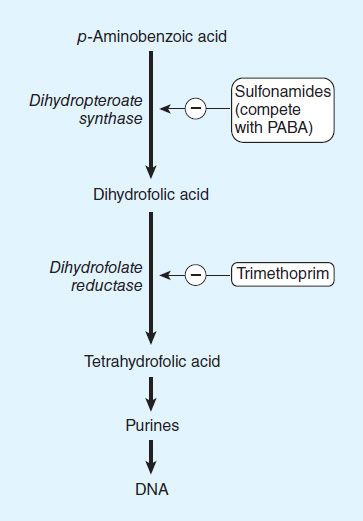
When might a doctor prescribe a sulfonamide antibiotic? These drugs are often used when a patient has an allergy to penicillin or other first-line antibiotics. They may also be chosen based on bacterial susceptibility testing or in cases where their unique properties make them particularly suitable.
The Challenge of Antibiotic Resistance in Sulfonamides
As with many antibiotics, bacteria have developed resistance mechanisms to sulfonamides over time. This presents an ongoing challenge for using these drugs effectively.
How do bacteria become resistant to sulfa drugs? The most common mechanism involves mutations in the DHPS enzyme. These mutations often occur on the flexible loops that interact with the antibiotic molecule. By altering the shape or properties of the binding site, bacteria can prevent sulfonamides from effectively inhibiting the enzyme.
What impact has resistance had on the use of sulfonamides? While they were once the primary treatment for many infections, sulfa drugs are now used more selectively. Doctors must consider local resistance patterns and may need to perform susceptibility testing before prescribing these antibiotics.
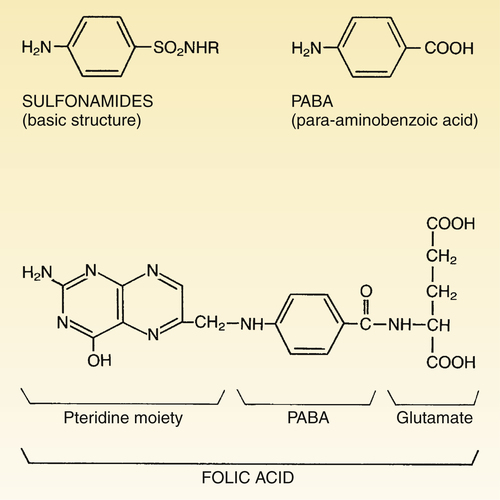
Can anything be done to combat sulfonamide resistance? Researchers are using the new understanding of how these drugs work at the molecular level to design more robust antibiotic therapies. This may involve developing new sulfonamide derivatives or creating combination treatments that target multiple bacterial processes simultaneously.
Side Effects and Precautions When Using Sulfonamide Antibiotics
While generally considered safe when used appropriately, sulfonamides can cause side effects in some patients. Understanding these potential risks is crucial for both healthcare providers and patients.
What are the most common side effects of sulfa drugs? These may include:
- Nausea and vomiting
- Diarrhea
- Headache
- Dizziness
- Skin rashes
- Photosensitivity (increased sensitivity to sunlight)
In rare cases, more serious side effects can occur. These may include severe allergic reactions, blood disorders, or liver problems. Patients should be monitored closely and report any unusual symptoms to their healthcare provider.
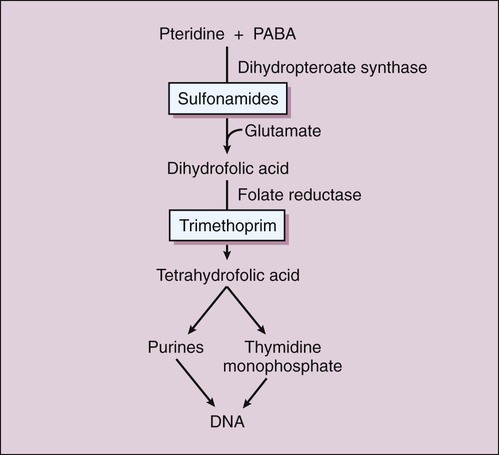
Who should be cautious about using sulfonamide antibiotics? Certain groups may be at higher risk for complications, including:
- People with known sulfa allergies
- Pregnant women (especially in the last trimester)
- Infants under 2 months old
- People with certain blood disorders
- Individuals with kidney or liver disease
Healthcare providers should carefully consider the risks and benefits before prescribing sulfonamides to these patients.
The Future of Sulfonamide Research and Development
Despite the challenges of resistance, research into sulfonamide antibiotics continues. The recent breakthroughs in understanding their molecular mechanism have opened new avenues for drug development.
What potential improvements are researchers exploring? Some areas of focus include:
- Designing new sulfonamide derivatives with improved efficacy against resistant bacteria
- Developing combination therapies that pair sulfonamides with other antibiotics
- Creating novel inhibitors that target the DHPS enzyme in different ways
- Exploring the potential of sulfonamides against non-bacterial pathogens
Will sulfonamides continue to play a role in future antibiotic treatments? While they may not regain their former prominence, these drugs are likely to remain an important tool in the fight against bacterial infections. Their unique mechanism of action and established safety profile make them valuable options, particularly as resistance to other antibiotics grows.
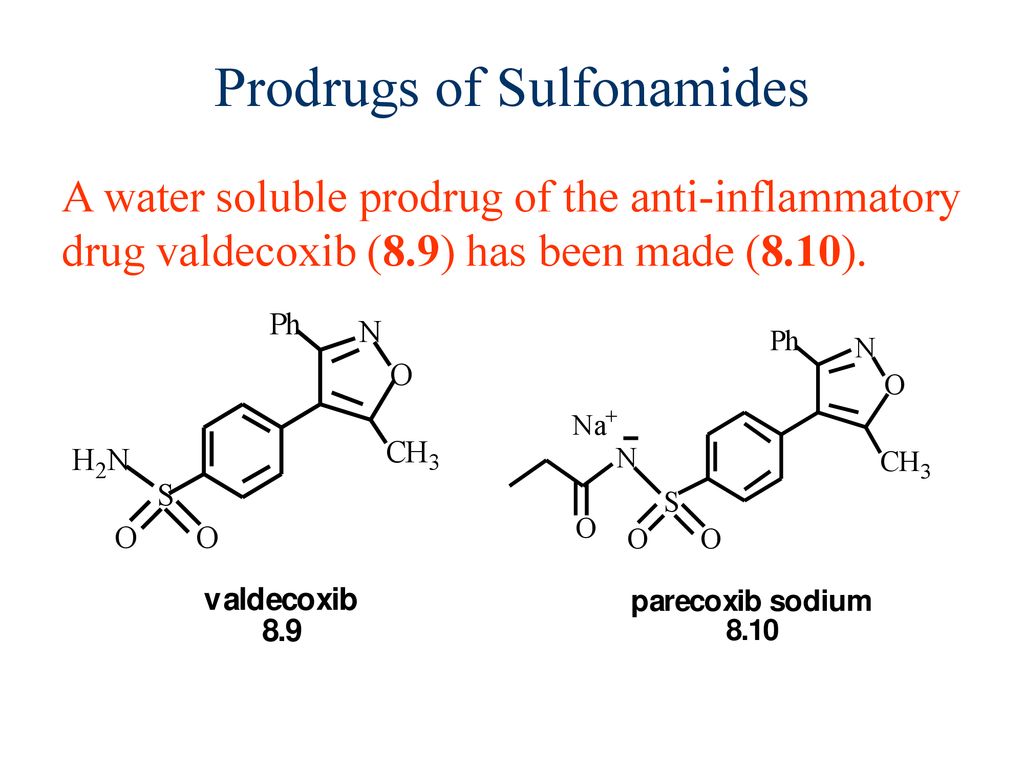
Sulfonamides in Veterinary Medicine and Agriculture
The use of sulfonamide antibiotics extends beyond human medicine. These drugs also play important roles in veterinary care and agricultural practices.
How are sulfonamides used in animal health? Some common applications include:
- Treating respiratory infections in livestock
- Managing urinary tract infections in companion animals
- Controlling coccidiosis in poultry
- Preventing certain diseases in aquaculture
What concerns exist about the use of sulfonamides in agriculture? The widespread use of antibiotics in food-producing animals has raised concerns about contributing to antibiotic resistance. This has led to increased regulation and efforts to promote responsible use of these drugs in veterinary settings.
Are there alternatives to using sulfonamides in agriculture? Researchers are exploring various approaches, including:
- Improved animal husbandry practices to reduce the need for antibiotics
- Development of vaccines to prevent bacterial infections
- Use of probiotics and other alternatives to promote animal health
- Implementation of stricter guidelines for antibiotic use in food-producing animals
Balancing the benefits of sulfonamides in animal health with the potential risks of antibiotic resistance remains an ongoing challenge for regulators and the agricultural industry.

Sulfonamides and the One Health Approach
The use of sulfonamides across human and animal health highlights the interconnectedness of these fields. This aligns with the “One Health” concept, which recognizes that the health of humans, animals, and the environment are deeply interlinked.
How does the One Health approach apply to sulfonamide use? It encourages considering the broader impacts of antibiotic use, including:
- How resistance developing in animal populations might affect human health
- The environmental effects of antibiotic residues in soil and water
- Developing coordinated strategies to combat resistance across different sectors
By taking a holistic view of sulfonamide use, researchers and policymakers can work towards more sustainable and effective antibiotic practices.
The Legacy of Sulfonamides in Medical History
The discovery and development of sulfonamide antibiotics marked a pivotal moment in medical history. Their impact extends far beyond their current uses, having shaped the entire field of antibiotic research and treatment.

How did sulfonamides change the course of medicine? Some key impacts include:
- Demonstrating that synthetic chemicals could effectively treat bacterial infections
- Spurring the search for other antibiotic compounds, leading to the discovery of penicillin and many other drugs
- Dramatically reducing mortality rates from common bacterial infections
- Changing surgical practices by allowing for better infection control
- Providing a model for rational drug design based on understanding bacterial metabolism
What lessons can be learned from the history of sulfonamides? The story of these drugs offers valuable insights for modern medicine:
- The importance of basic scientific research in driving medical breakthroughs
- The need for ongoing innovation to stay ahead of evolving pathogens
- The value of understanding drug mechanisms at the molecular level
- The complex interplay between antibiotic use and the development of resistance
As we face new challenges in infectious disease treatment, the legacy of sulfonamides continues to inform and inspire researchers and clinicians alike.
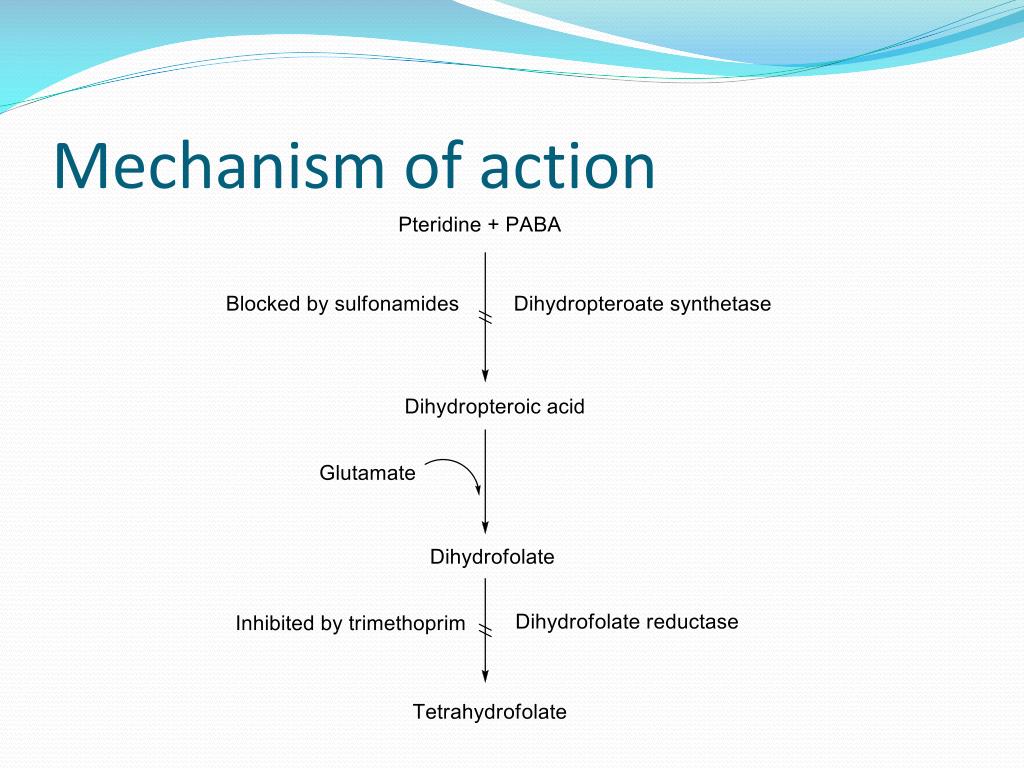
Sulfonamides in Popular Culture
The dramatic impact of sulfa drugs on public health has left its mark on popular culture as well. These medications have featured in literature, film, and historical accounts, often symbolizing the power of modern medicine to conquer disease.
How have sulfonamides been portrayed in media? Some notable examples include:
- Depictions in World War II films showcasing their life-saving effects on the battlefield
- References in historical fiction set in the 1930s and 1940s, highlighting their revolutionary impact
- Use as plot devices in medical dramas, often involving rare side effects or allergic reactions
- Inclusion in documentaries about the history of antibiotics and drug resistance
These cultural representations help keep the story of sulfonamides alive in public consciousness, reminding us of the ongoing importance of antibiotic research and responsible use.
Ethical Considerations in Sulfonamide Use and Development
The use and development of sulfonamide antibiotics raise several ethical considerations that healthcare providers, researchers, and policymakers must grapple with.
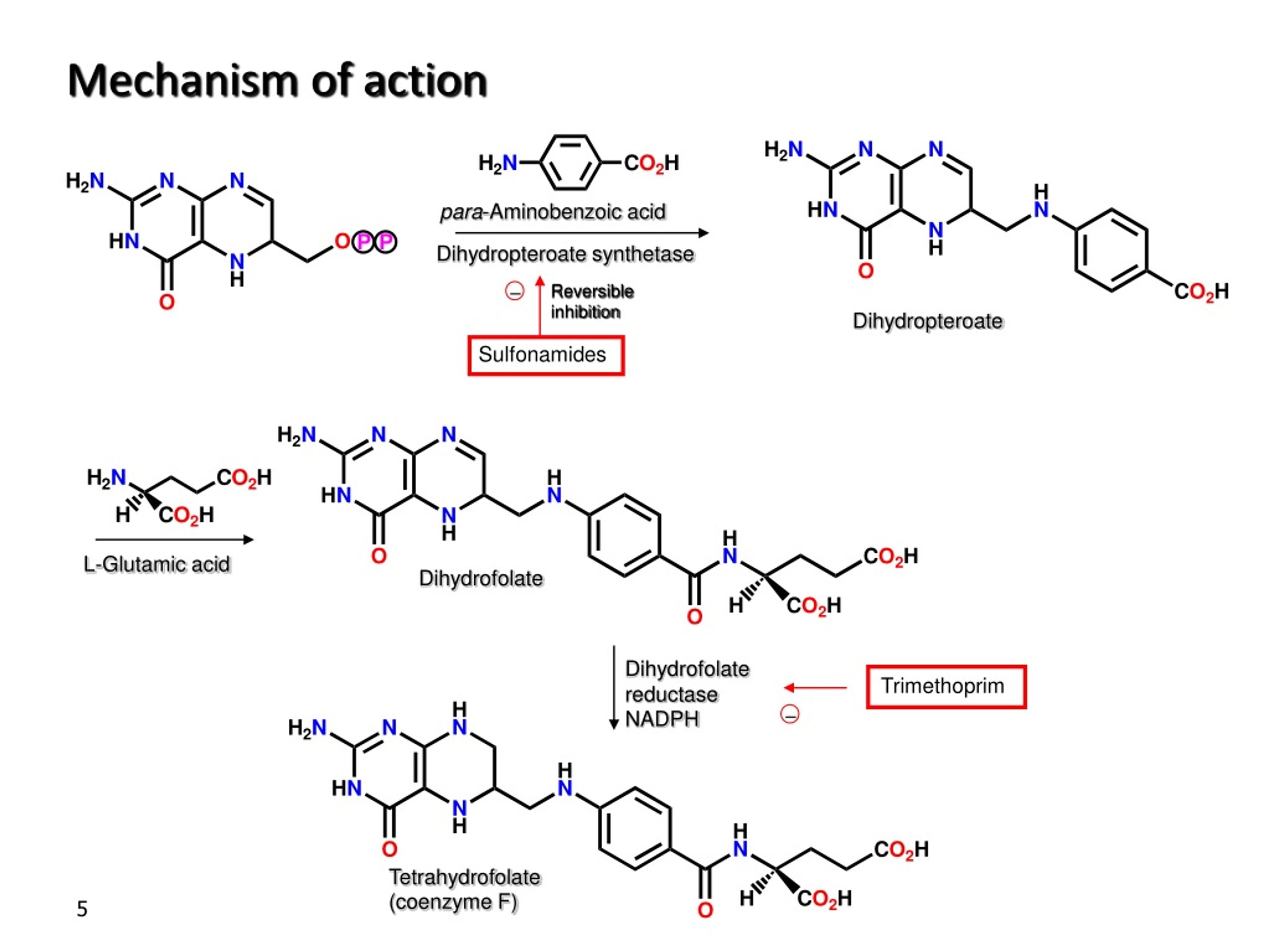
What are some key ethical issues surrounding sulfonamides? Important areas of debate include:
- Balancing the benefits of treatment against the risk of promoting antibiotic resistance
- Ensuring equitable access to these medications in resource-limited settings
- Addressing the environmental impacts of antibiotic manufacturing and excretion
- Navigating the use of antibiotics in food-producing animals and its potential effects on human health
- Considering the ethics of antibiotic research and development in an era of increasing resistance
How can these ethical challenges be addressed? Some approaches include:
- Implementing robust antibiotic stewardship programs to promote responsible use
- Developing clear guidelines for sulfonamide use in both human and veterinary medicine
- Investing in research to find new alternatives to traditional antibiotics
- Promoting transparency in antibiotic use across healthcare and agricultural sectors
- Engaging in public education about the importance of preserving antibiotic effectiveness
By carefully considering these ethical dimensions, we can work towards more sustainable and equitable practices in sulfonamide use and development.
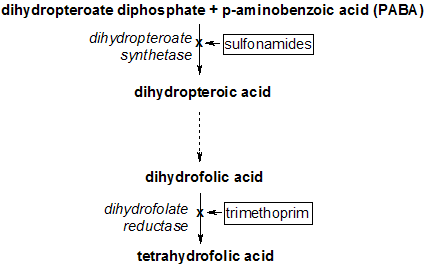
The Role of Sulfonamides in Global Health
While no longer front-line treatments in many settings, sulfonamides continue to play an important role in global health efforts, particularly in resource-limited areas.
How do sulfonamides contribute to healthcare in developing countries? Some key applications include:
- Providing affordable treatment options for common bacterial infections
- Serving as alternatives when newer antibiotics are unavailable or too costly
- Contributing to efforts to control neglected tropical diseases
- Supporting maternal and child health initiatives by treating common infections
What challenges exist in using sulfonamides in global health contexts? Important considerations include:
- Ensuring quality control of drug manufacturing and distribution
- Providing adequate training for healthcare workers on appropriate use
- Monitoring and managing the development of antibiotic resistance
- Balancing the need for access with concerns about overuse
By addressing these challenges, sulfonamides can continue to be valuable tools in improving health outcomes worldwide.

How Sulfa Drugs Work | National Institutes of Health (NIH)
You are here
Home » News & Events » NIH Research Matters
March 12, 2012
Bacillus anthracis.CDC/ Dr. William A. Clark
Researchers have finally found out how sulfa drugs—the first class of antibiotics ever discovered—work at the molecular level. The finding offers insights into designing more robust antibiotic therapies.
Sulfa antibiotics were first used in the 1930s, and they revolutionized medicine. After a few years, bacteria started to develop resistance to the drugs, and eventually penicillin replaced them as a first-line treatment. While antibiotic resistance remains a problem for this class of antibiotics, sulfa drugs are still commonly used to treat a variety of bacterial infections.
Sulfa drugs work by binding and inhibiting a specific enzyme called dihydropteroate synthase (DHPS). This enzyme is critical for the synthesis of folate, an essential nutrient. Mammals get folate from their diet, but bacteria must synthesize this vitamin. Folate synthesis requires a chemical reaction between 2 molecules, DHPP and PABA, that is catalyzed by DHPS.
Folate synthesis requires a chemical reaction between 2 molecules, DHPP and PABA, that is catalyzed by DHPS.
Bacteria resistant to sulfa drugs often have mutations in the DHPS enzyme. These mutations occur on 2 floppy loops that sit near the enzyme’s active site. Previous research had described most of the structure of DHPS, but the structure of the floppy, highly conserved loops remained elusive. Moreover, researchers didn’t know how the chemical reaction occurs between DHPP and PABA.
A team of scientists led by Dr. Stephen White of St. Jude Children’s Research Hospital set out to determine the structure of the loops and the chemical reactions that are helped along by DHPS. Their research, which appeared in the March 2, 2012, issue of Science, was funded primarily by NIH’s National Institute of Allergy and Infectious Disease (NIAID).
The scientists isolated the DHPS enzyme from 2 bacterial species: Bacillus anthracis, which causes anthrax, and Yersinia pestis, which causes plague. The scientists embedded DHPP and PABA in crystals of the enzyme. They then used X-ray crystallography to find high-resolution structures of these molecules at different stages of the chemical reaction.
The scientists embedded DHPP and PABA in crystals of the enzyme. They then used X-ray crystallography to find high-resolution structures of these molecules at different stages of the chemical reaction.
The researchers found that the 2 floppy loops wrap around PABA early on and hold the molecule in place. The chemical reaction linking portions of PABA and DHPP takes place, and then the loops release the chemical reaction product. The structures also revealed the exact chemical reaction steps that occur between PABA and DHPP.
Sulfa antibiotics work because they fit into the DHPS active site and take PABA’s place. By embedding sulfa antibiotics into the enzyme crystals, the scientists found that the sulfa drugs are held in place by the floppy loop structures. However, a small portion of the drug sticks out of the binding pocket. The researchers discovered that DHPS mutations in drug-resistant bacteria occur near this small stuck-out portion.
“The structure we found was totally unexpected and really opens the door for us and others to design a new class of inhibitors targeting DHPS that will help us avoid side effects and other problems associated with sulfa drugs,” says White.
—by Lesley Earl, Ph.D.
Related Links
- Antimicrobial (Drug) Resistance
- Plague
- Anthrax
- Drugs From Nature
References: Science. 2012 Mar 2;335(6072):1110-4.
Connect with Us
- Contact Us
- YouTube
- Flickr
Sulfa drug | Description & Facts
- Key People:
- Daniel Bovet
- Related Topics:
- sulfonamide
Prontosil
sulfanilamide
mafenide
sulfathiazole
See all related content →
sulfa drug, also called sulfonamide, any member of a group of synthetic antibiotics containing the sulfanilamide molecular structure. Sulfa drugs were the first chemical substances systematically used to treat and prevent bacterial infections in humans. Their use has diminished because of the availability of antibiotics that are more effective and safer and because of increased instances of drug resistance. Sulfonamides are still used, but largely for treating urinary tract infections and preventing infection of burns. They are also used in the treatment of certain forms of malaria.
Their use has diminished because of the availability of antibiotics that are more effective and safer and because of increased instances of drug resistance. Sulfonamides are still used, but largely for treating urinary tract infections and preventing infection of burns. They are also used in the treatment of certain forms of malaria.
Find out what medical development helped World War II soldiers
See all videos for this article
The antibacterial effects of sulfonamides were first observed in 1932, when German bacteriologist and pathologist Gerhard Domagk noted the effects of the red dye Prontosil on Streptococcus infections in mice. It was later proved by French researchers that the active agent of Prontosil was sulfanilamide, or para-aminobenzenesulfonamide, a product of the body’s metabolism of Prontosil. By the 1940s sulfanilamide was a widely used drug. During World War II white sulfanilamide powders became standard in first-aid kits for the treatment of open wounds, and sulfanilamide tablets were taken to fight intestinal infections. Though the medicine was relatively safe, allergic reactions such as skin rashes, fever, nausea, vomiting, and even mental confusion were common. With the introduction of less-toxic derivatives and especially with the mass production of penicillin, its use declined.
Though the medicine was relatively safe, allergic reactions such as skin rashes, fever, nausea, vomiting, and even mental confusion were common. With the introduction of less-toxic derivatives and especially with the mass production of penicillin, its use declined.
Many other sulfa drugs were derived from sulfanilamide in the 1940s, including sulfathiazole (systemic bacterial infections), sulfadiazine (urinary tract and intestinal tract infections), and sulfamethazine (urinary tract infections). However, all sulfa drugs induced some of the side effects listed above, and bacteria developed resistant strains after exposure to the drugs. Within a few decades many of the sulfa drugs had lost favour to more-effective and less-toxic antibiotics.
Trisulfapyrimidine (triple sulfa), a combination of sulfadiazine, sulfamerazine, and sulfamethazine, is used in the treatment of vaginal infections, and several sulfa drugs are used in combination with antibiotics to treat a wide range of conditions, from skin burns to malaria to pneumonia in HIV/AIDS patients.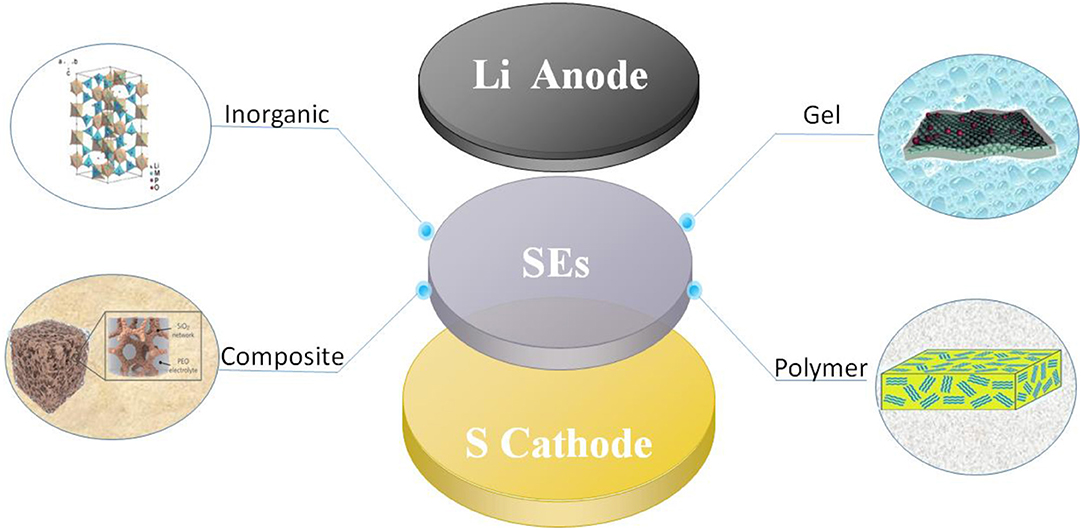
Sulfa drugs are bacteriostatic; i.e., they inhibit the growth and multiplication of bacteria but do not kill them. They act by interfering with the synthesis of folic acid (folate), a member of the vitamin B complex present in all living cells. Most bacteria make their own folic acid from simpler starting materials; humans and other higher animals, however, must obtain folic acid in the diet. Thus, sulfa drugs can inhibit the growth of invading microorganisms without harming the host.
When trimethoprim (a dihydrofolate reductase inhibitor) is given with sulfamethoxazole, the sequential blockage of the pathway produced by the two drugs achieves markedly greater inhibition of folic acid synthesis. As a result, this combination is valuable in treating urinary tract infections and some systemic infections.
Get a Britannica Premium subscription and gain access to exclusive content.
Subscribe Now
The sulfones are related to the sulfonamides and are inhibitors of folic acid synthesis. They tend to accumulate in skin and inflamed tissue and are retained in the tissue for long periods. Thus, sulfones such as dapsone are useful in treatment of leprosy.
They tend to accumulate in skin and inflamed tissue and are retained in the tissue for long periods. Thus, sulfones such as dapsone are useful in treatment of leprosy.
The Editors of Encyclopaedia BritannicaThis article was most recently revised and updated by Kara Rogers.
SUSU scientists have synthesized a drug with antimicrobial and antifungal properties
Font size
Letter spacing
Font family
- News
- 2020
- September
- 09
- SUSU scientists have synthesized a drug with antimicrobial and antifungal properties
09.09.2020
New chemical compounds inhibiting the development of viruses and fungi were synthesized by scientists from the South Ural State University and the Institute of Organic Chemistry of the Russian Academy of Sciences together with an international team of specialists.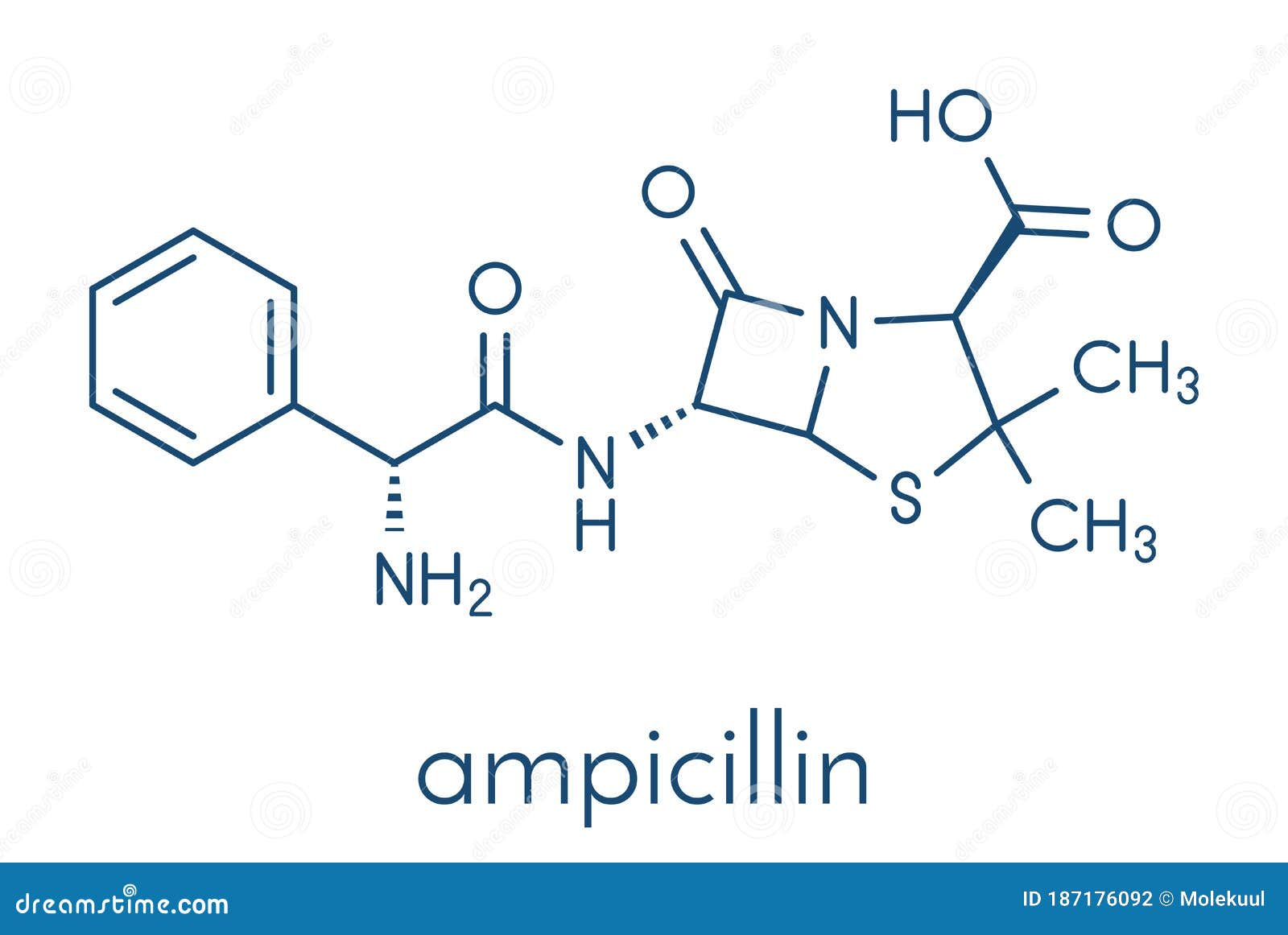 The study was a significant step in the optimization of antiviral and antifungal compounds. The results of the fundamental work were published in the first quartile journal Antibiotics.
The study was a significant step in the optimization of antiviral and antifungal compounds. The results of the fundamental work were published in the first quartile journal Antibiotics.
Despite the wide range of antibiotics and antifungals, scientists continue intensive research in this area of medicinal chemistry. The high scientific interest is due to the resistance (resistance) of viruses and fungi to existing drugs. This acute clinical problem requires innovative solutions to reduce human exposure to infections.
Previously unexplored classes of compounds were selected to develop new drugs. Such a group of heterocyclic azoles (1,2,3-dithiazoles and 1,2,3-thiazelenazoles) was noticed by a team of scientists headed by Oleg Rakitin, professor at South Ural State University . He is also a member of the Institute of Organic Chemistry. N. D. Zelinsky of the Russian Academy of Sciences and manages joint projects of the two organizations.
The research team, which also included representatives from Switzerland, Germany, the USA, Finland and Brazil, explained the attention to these azoles: they are one of the promising classes of antifungal drugs. Derivatives of 1,2,3-dithiazole demonstrate high and diverse biological activity: they suppress cancer cells, fungi, viruses and are involved in the generation of melanin, which effectively scatters absorbed radiation and thereby protects DNA from photodamage. Having developed a selective method of replacing sulfur atoms with a selenium atom, which has no precedent in the world scientific literature, scientists have obtained a number of 1,2,3-thiaselenazoles that have never been studied before.
Derivatives of 1,2,3-dithiazole demonstrate high and diverse biological activity: they suppress cancer cells, fungi, viruses and are involved in the generation of melanin, which effectively scatters absorbed radiation and thereby protects DNA from photodamage. Having developed a selective method of replacing sulfur atoms with a selenium atom, which has no precedent in the world scientific literature, scientists have obtained a number of 1,2,3-thiaselenazoles that have never been studied before.
“To make it easier to break the sulfur-sulfur bond and enhance the effect of the drug, we replaced one of the sulfur-sulfur bonds with a longer sulfur-selenium bond. At the same time, the basic structure of the heterocycle and, consequently, the toxicity profile of the compounds did not change. The fundamental basis of this approach was for the first time discovered by us the reaction of replacing a sulfur atom with a selenium atom in sulfur-containing heterocycles and obtaining a number of new classes containing interconnected sulfur and selenium atoms in their molecule”, – told Oleg Rakitin .
The rare chemotype of 1,2,3-thiazelenazole was previously practically not studied in medicinal chemistry due to the low availability of these compounds. An international team of scientists not only proposed a new method for synthesizing compounds, but also studied their biological effects using molecular modeling and quantum mechanics methods.
Among the 1,2,3-thiaselenazoles, compounds have been found that are characterized by low toxicity and high submicromolar activity. For example, 4,5,6-trichlorocyclopenta[d][1,2,3]thiaselenazole actively resists pathogens of thrush (Candida albicans), cryptococcosis (Cryptococcus neoformans var. Grubii), Staphylococcus aureus (Staphylococcus aureus) and Acinetobacter (Acinetobacter baumannii) .
Photo: SUSU Nanotechnologies REC
“This series of results is an important step towards the development of medicinal chemistry by optimizing antimicrobial compounds with the potential to treat resistant bacteria and fungal infections.
Currently, our research is at the stage of searching for optimal structures (with the maximum value of the therapeutic index) for each type of disease. The importance of our results lies in the fact that the same drugs can be used to treat different types of diseases – fungal, microbial, cancerous, HIV infection, and others, which makes their development promising in practical terms,” – explained Oleg Rakitin .
Synthesis of new effective compounds for combating viruses and fungi has been carried out for five years now in close cooperation between SUSU and the Institute of Organic Chemistry of the Russian Academy of Sciences. The start was given by the opening of the joint Laboratory of polysulfur nitrogen heterocycles. In the future, scientists intend to investigate the effect of the synthesized compounds to combat diseases with a similar treatment mechanism. In addition, the search for new derivatives of 1,2,3-thiaselenazole as effective antiviral drugs will continue.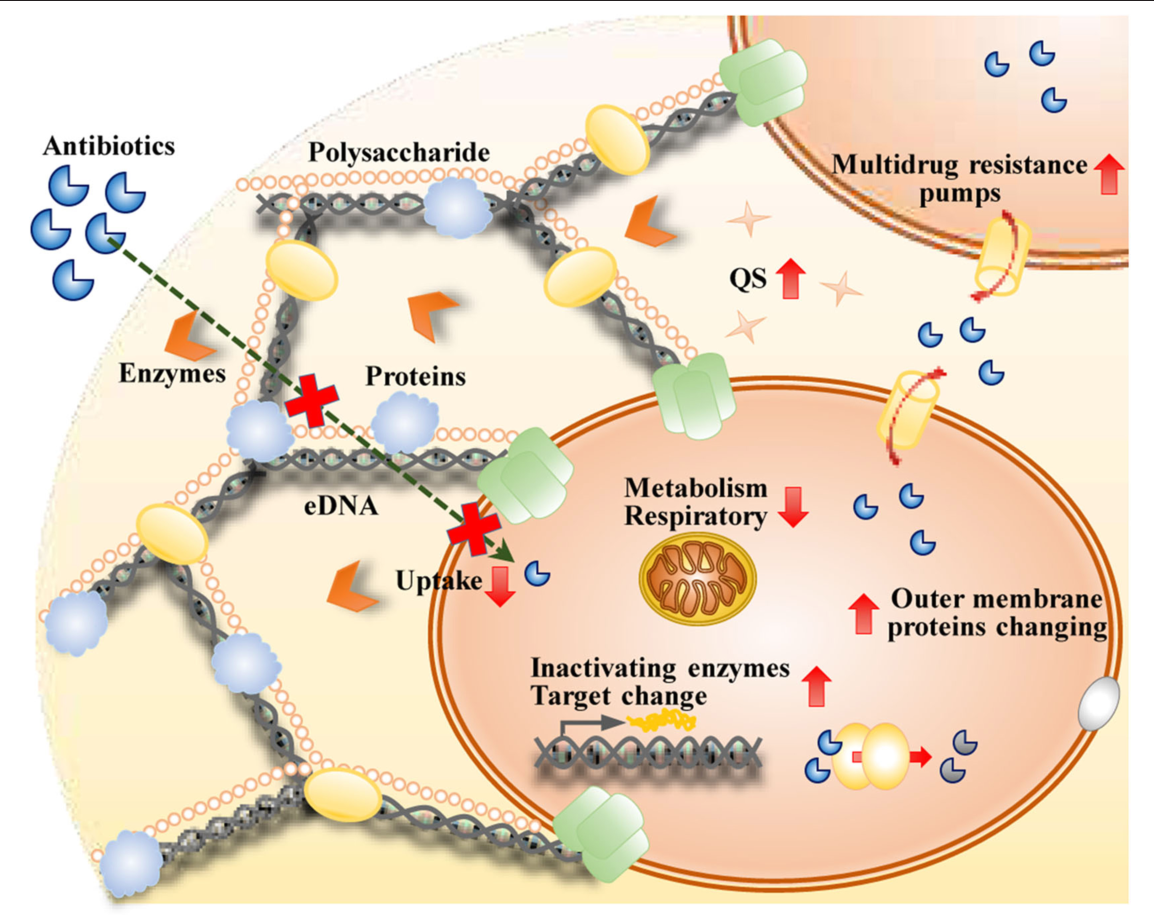
South Ural State University is a university of digital transformations, where innovative research is carried out in most priority areas for the development of science and technology. In accordance with the strategies of scientific and technological development of the Russian Federation, the university is focused on the development of large scientific interdisciplinary projects in the field of digital industry, materials science and ecology. Within the framework of these areas, objects of metallurgy, mechanical engineering, energy, housing and communal services, safe space of urban infrastructure and human comfort are being investigated.
SUSU is a participant of Project 5-100, designed to increase the competitiveness of Russian universities among the world’s leading scientific and educational centers.
Media about us:
- Government of the Chelyabinsk Region SUSU scientists have synthesized a drug with antimicrobial and antifungal properties
- RIA Novosti: Russia has created the basis for new drugs that suppress viruses and fungi
- Expert: Russia has created the basis for drugs against viruses and fungi
- Izvestia: Russian scientists have found the basis for new drugs against fungi and bacteria
- EN TODAY: Russia has created the basis for new drugs that suppress viruses and fungi
- IA Krasnaya Vesna: Russia has found a new way to create drugs against fungi and viruses
- LIVE24: In Russia, chemists have created a basis for drugs that suppress viruses and fungi
- Glas.
 ru: Russia has created a base for medicines that suppress viruses and fungi
ru: Russia has created a base for medicines that suppress viruses and fungi - Yandex: Russia has developed a base for drugs that suppress viruses and fungi
- news.ru: Russia has created the basis for drugs against viruses, bacteria and fungi
- Rambler: Russia has created the basis for new drugs that suppress viruses and fungi
- iMag.one: A basis for drugs that suppress viruses and fungi appeared in Russia
- Days 24: A new method for creating drugs against fungi and viruses was discovered in Russia
- Word and deed: Russian specialists have made a breakthrough in the treatment of viruses and fungi
- Grozny TV: Russia has created the basis for new drugs that suppress viruses
- TORG NEWS: Russian scientists have found the basis for new drugs against fungi and bacteria
- GMP News: Russian scientists have synthesized new compounds that inhibit the development of viruses and fungi
- Sputnik China:
- 6do.
 news: 制病毒和真菌的新药奠定了基础
news: 制病毒和真菌的新药奠定了基础 - Daily Economic China:
- Sciencex.com: Scientists create a new antimicrobial and antifungal drug
Daria Tsymbalyuk, photo: Victoria Matveychuk, Maria Ilyina
Contact person for news:
Daria Tsymbalyuk, tel.
Acne medications
If anyone thinks that acne is just a temporary condition that does not require treatment, this is a big mistake.
The treatment of acne, like the treatment of any other disease, requires an integrated approach. As a rule, skin problems, and especially acne, are a consequence of disorders of the gastrointestinal tract. And in particular, the presence of toxins and pathogenic bacteria in the intestines.
The drug Laktofiltrum has a high sorption activity and detoxification effect. This is the first “smart” drug. It not only binds and removes harmful toxins from the body, but also, thanks to the lactulose that is part of it, simultaneously stimulates the growth of beneficial bifidus and lactobacilli in the intestines. At the same time, it is necessary to take
At the same time, it is necessary to take
Evisent – a complex of brewer’s yeast, calcium and sulfur, so necessary for our skin, hair and nails. And do not worry, modern technology has stepped far forward, and now yeast does not affect body weight in any way. The course is at least 1-2 months.
Bifiform – used to restore healthy intestinal microflora. This is a drug from the group of probiotics containing live bacterial cells.
NEOBIOTIC Lactobalance 4th generation prebiotic, Easy to take once a day. Does not contain gluten and lactose. Perfectly restores the intestinal microbiota.
Let’s not forget about cosmetic care. There is a huge variety of skin care products on the market today. But do not rush to believe advertising. Not all means will help you achieve the desired effect. Choose safe and tested brands. To do this, try to buy pharmacy cosmetics.
For hygiene, it is necessary to use gels/foams that will cleanse the skin well, but will not overdry it.
La Roche Posay Effaclar H cream-gel – for problematic, overdried as a result of drug treatment.
Comprehensive care for problematic skin is provided by the Normaderm range from Vichy . It not only has a visual matting and masking effect, but also, penetrating into the deeper layers of the skin, helps prevent inflammation, redness, comedones, enlarged pores and blackheads. To achieve the maximum effect, you need to choose a complete complex for the care of your skin.
There are several other brands of cosmetics for acne and pimples that are sold in pharmacies.
Pay attention to the brand of medical cosmetics Kor a . This is a phytocosmetics that does not contain dyes and fragrances, which means it is suitable for almost any problem skin. In a wide range of cosmetics Bark , you can choose a full range of products for problem skin care: a cleansing cream mask, a soothing mask, a cleansing tonic for problem skin, a cream with a matting effect for oily skin.
Treatment
Zinerit (erythromycin + zinc) – has an antimicrobial effect. Most effective for inflammation.
Skinoren gel (azelaic acid) – opens pores, promotes exfoliation, regulates sebum production, reduces post-acne marks.
Baziron AC is a topical drug for the treatment of acne (acne, pimples). Baziron® AS is not an antibiotic and does not cause antibacterial resistance, i.e. the skin “does not get used”, so the drug can be used for long courses.
Klenzit is a retinoid, apply at night only and avoid direct sunlight to prevent skin irritation.
Efaclar duo plus La Roche-Posay – cream, can be applied locally, can be applied all over the face. Has an exfoliating effect.
LA ROCHE-POSAY Efaclar a.i corrective agent for oily and problem skin 15ml. Reduces the expressed imperfections, suppresses bacterial activity.
Vitamin intake
SOLGAR K skin/hair/nails
A unique sulfur-based complex to improve the condition of skin, hair and nails. The basis of the complex is MSM (methylsulfonidemethane) – a source of organic sulfur. Sulfur is a building component of keratin, collagen, is involved in the synthesis of glutathione, the strongest antioxidant.
The basis of the complex is MSM (methylsulfonidemethane) – a source of organic sulfur. Sulfur is a building component of keratin, collagen, is involved in the synthesis of glutathione, the strongest antioxidant.
LADY-C FORMULA
Increases the effectiveness of skin care products.
Nutritious vitamin-mineral complex with herbal extracts.
DOPPELHERZ Anti-acne beauty for clear and healthy skin
The components of the complex help to improve the condition of the skin, reduce inflammation, cleanse and cleanse it. Return the skin to a healthy look and beauty.
A suitable drug for external use will help you choose a dermatologist. And remember that only an integrated approach will restore your skin to health and radiance.


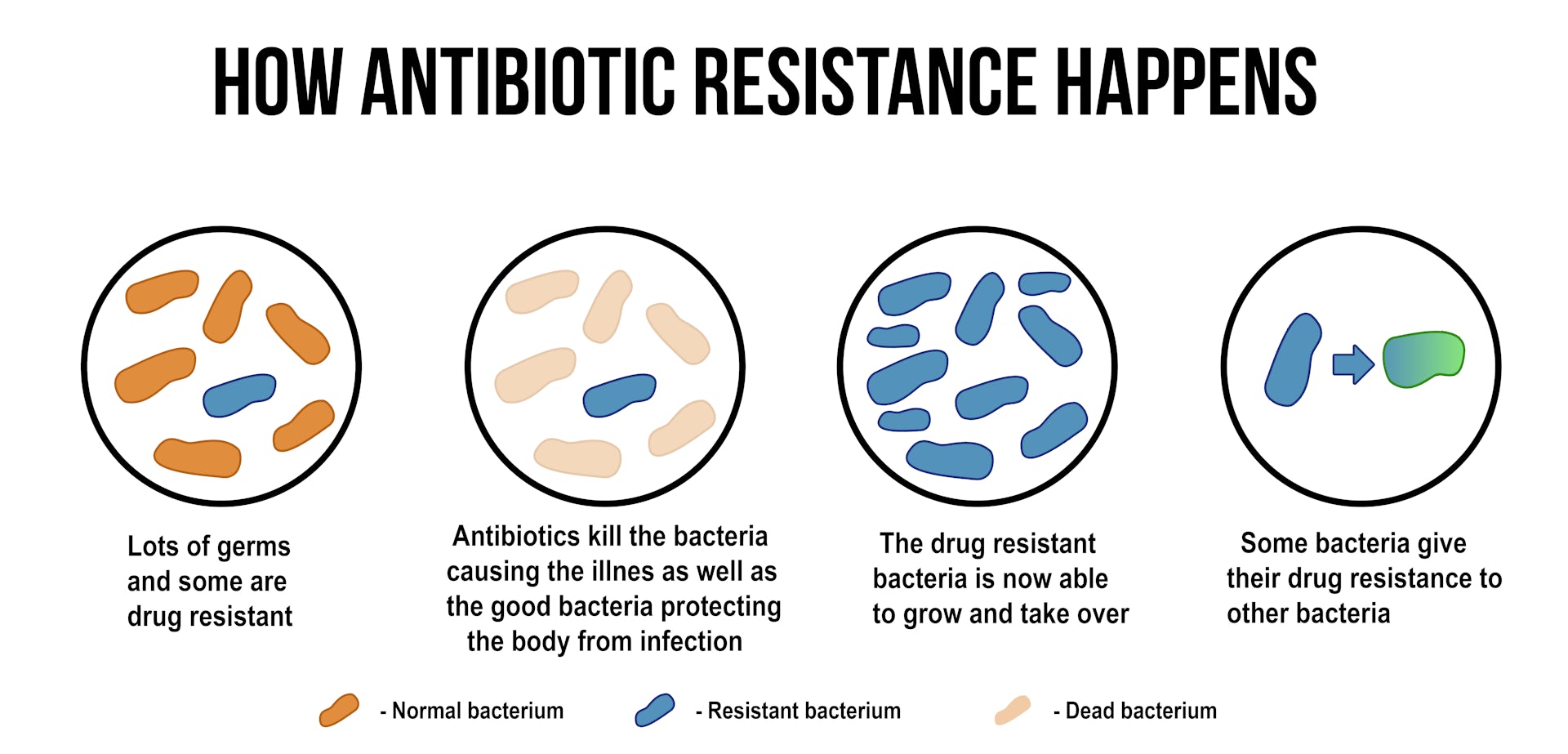 Currently, our research is at the stage of searching for optimal structures (with the maximum value of the therapeutic index) for each type of disease. The importance of our results lies in the fact that the same drugs can be used to treat different types of diseases – fungal, microbial, cancerous, HIV infection, and others, which makes their development promising in practical terms,” – explained Oleg Rakitin .
Currently, our research is at the stage of searching for optimal structures (with the maximum value of the therapeutic index) for each type of disease. The importance of our results lies in the fact that the same drugs can be used to treat different types of diseases – fungal, microbial, cancerous, HIV infection, and others, which makes their development promising in practical terms,” – explained Oleg Rakitin . ru: Russia has created a base for medicines that suppress viruses and fungi
ru: Russia has created a base for medicines that suppress viruses and fungi news: 制病毒和真菌的新药奠定了基础
news: 制病毒和真菌的新药奠定了基础